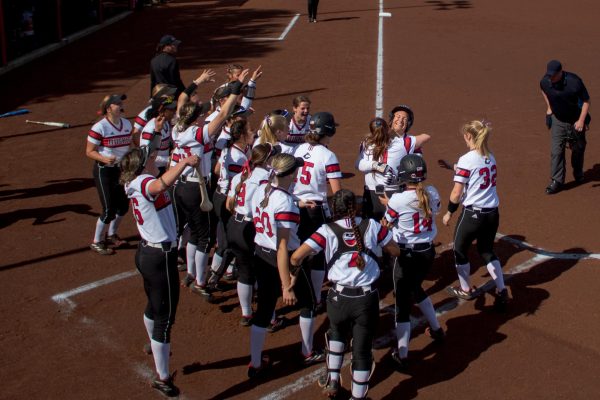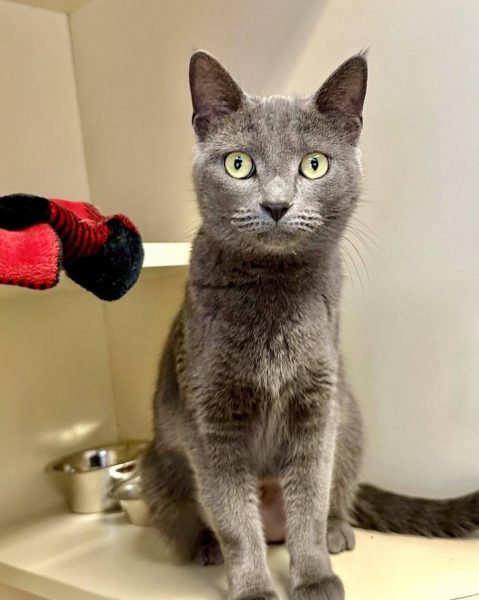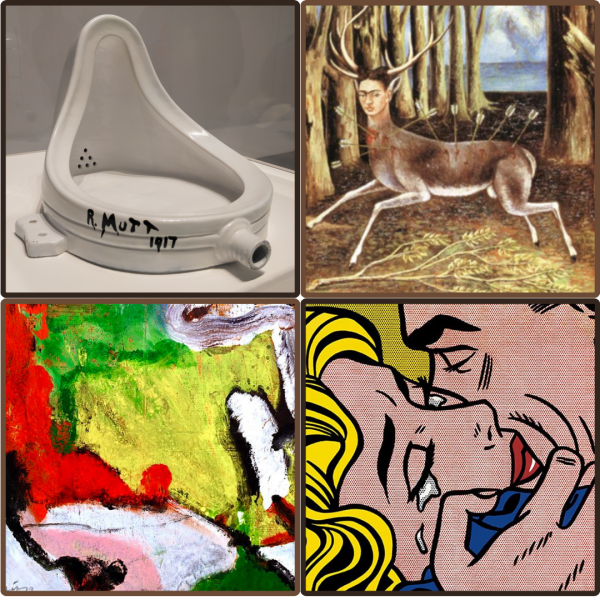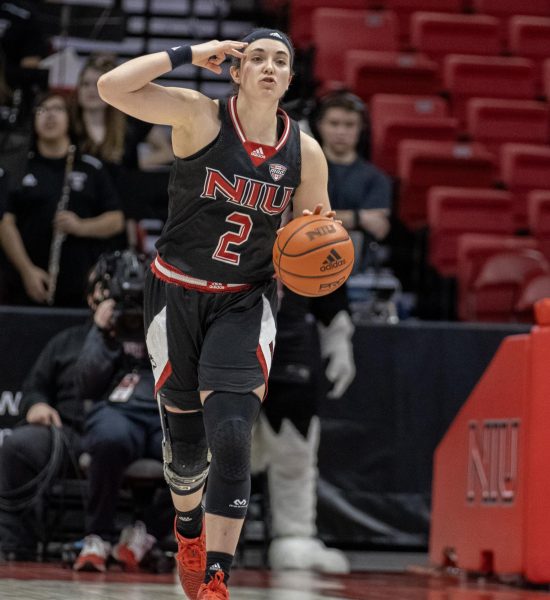Impending Finals: De-stress with ASMR
November 29, 2018
For the past two years, I’ve spent almost every night before bed on YouTube, religiously watching the same several creators. This isn’t my confession to a social media addiction, it’s ASMR.
ASMR stands for Autonomous Sensory Meridian Response, which is the calming, tingly sensation that is commonly elicited by someone tapping, typing or whispering. It’s probable that you’ve experienced ASMR without realizing it.
Think back to when you were younger. Were haircuts inexplicably relaxing? Did you have a friend or teacher that you just loved hearing talk? Do you enjoy watching painter Bob Ross, but can’t put your finger on why?
You’re likely responding to the soothing, personal attention by experiencing ASMR.
If you’ve never heard of ASMR, you’re not alone. It’s a new phenomenon, popping up on YouTube less than a decade ago, and only gaining popularity in recent years.
Several ASMRtists (people who create ASMR) are paid to produce content, like Gibi ASMR and Gentle Whispering ASMR, who have over one million subscribers. For the first time, four ASMRtists were invited to VidCon 2018, YouTube’s annual summer conference.
Despite its rise in popularity, there’s still a stigma surrounding the community. Some descriptive terminology has negative connotations, like “brain orgasms” as slang for ASMR and “role plays” to describe interactive cosplay videos.
To understand the motivations for watching ASMR, Dr. Nick Davis, a former lecturer at Swansea University in Wales, conducted a survey of approximately 500 ASMR viewers, according to an article by The Guardian.
“The fact that a huge number of people are triggered by whispering voices suggests that the sensation is related to being intimate with someone in a non-sexual way. Very few people reported a sexual motivation for ASMR, it really is about feeling relaxed or vulnerable with another person,” Davis said.
ASMR isn’t a fetish, it’s simply a way to de-stress. The community is also beneficial for people struggling with anxiety, depression or insomnia. ASMRtists are vocal that ASMR isn’t a substitute for a licensed therapist, but it’s an option for people who are struggling to relax.
There are videos specializing in calming down viewers from a panic attack and videos with positive affirmations. ASMRtists commonly partner with BetterHelp, and online therapy service.
YouTube is a global platform, so ASMR isn’t just an American trend. I watch ASMRtists from America, but also from Scotland, Britain, Italy and Korea.
On the black hole of the Internet, the ASMR community is a kind pocket of people who care about supporting their viewers.













